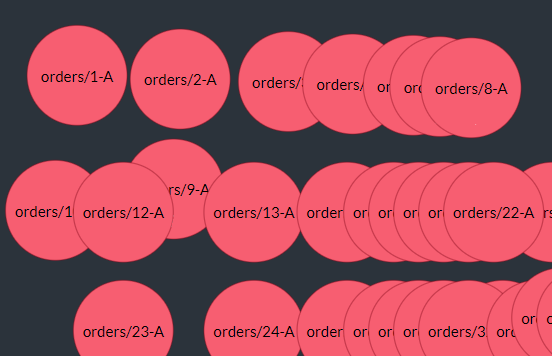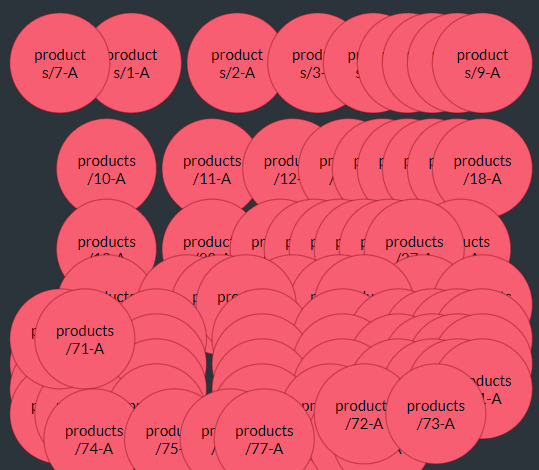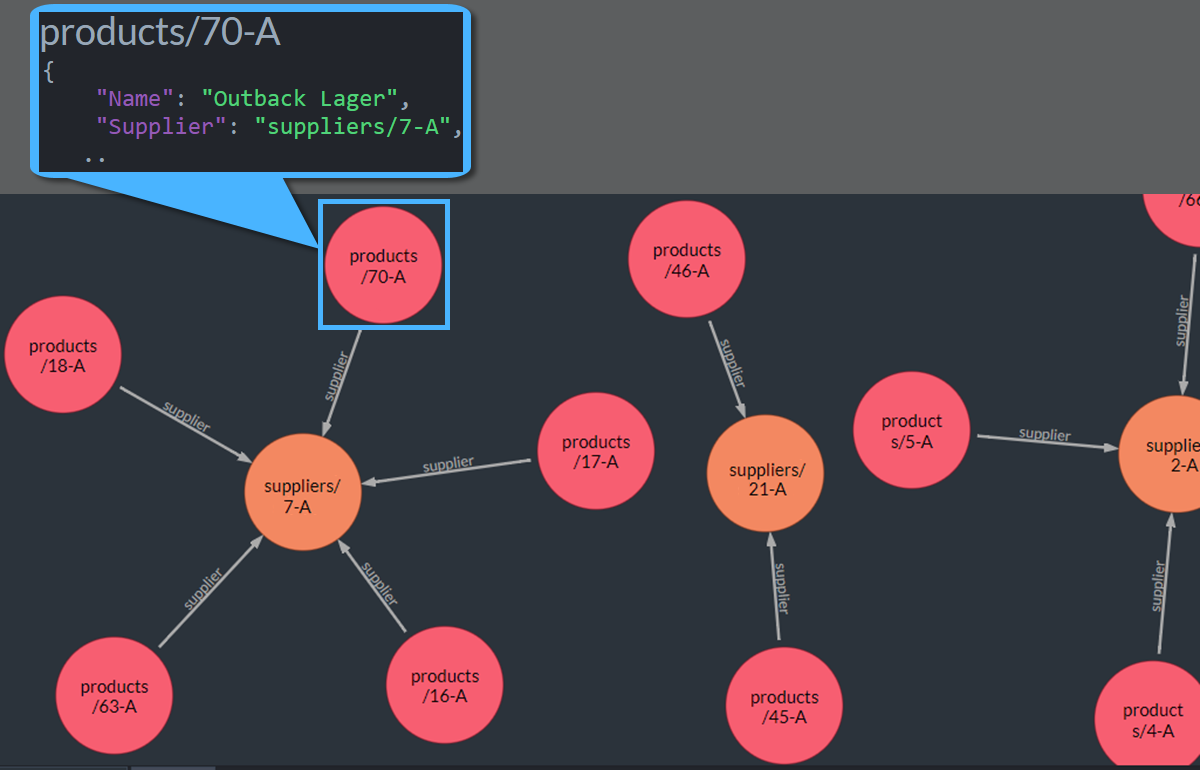Explicit and Implicit Syntax
- You can declare your data nodes and edges explicitly, or let RavenDB do it for you by simply
including nodes and edges in your search pattern as if they have already been declared.
Using explicit or implicit syntax is a readability preference with no performance implications. - The explicit syntax may be preferable when you need to express non-trivial logic.
- The implicit syntax may be preferable when you want to be simple or more concise.
- Querying indexes is currently available only when you use the explicit syntax.
Sample queries included in this article use only data that is available in the
Northwind sample database,
so you may easily try them out.
Implicit and Explicit Queries
Here is a simple query that retrieves all documents from the Orders collection.
//Declare a data node
with {from Orders} as orders
//Create the search pattern
match
(orders)It uses an explicit syntax: nodes and edges are explicitly declared using a with clause before including them in the
search pattern.
with clauses allow you to define arbitrary restrictions on matches for selected data nodes or edges.
And here is a second query, exactly equivalent to the first, that uses an implicit syntax.
//Create the search pattern
match
(Orders as orders)Implicit queries allow you to include nodes and edges in your search pattern without explicitly declaring them first, inviting RavenDB to declare them automatically.
The two queries produce the exact same results:

Explicitly Declaring Data Elements
-
Declaring Data Nodes
Declare a data node using awithclause with curly brackets.
Provide each node with a unique alias.The following query retrieves all documents from the Products collection.
//Declare a data node with {from Products} as products match (products)
Data Nodes: Products
-
Declaring Edges
Declare an edge using awith edgesclause with parentheses.
Provide each edge with a unique alias.The following query shows the relations between products and their suppliers.
Documents are retrieved from the Products collection, and each product is related to its supplier's profile by the edge: an ID string in the product's Supplier property.//Declare data nodes with {from Products} as products with {from Suppliers} as suppliers //Declare an edge with edges (Supplier) as supplier match (products)- [supplier]-> (suppliers)
Edges between Products and Suppliers
Mixing Explicit and Implicit Declarations
You can freely mix and match the explicit and implicit syntaxes.
E.g. -
//Declare a data node
with {from Products} as products
//Create the search pattern with declared and undeclared elements
match
(products)-
[Supplier as supplier]->
(Suppliers as suppliers)